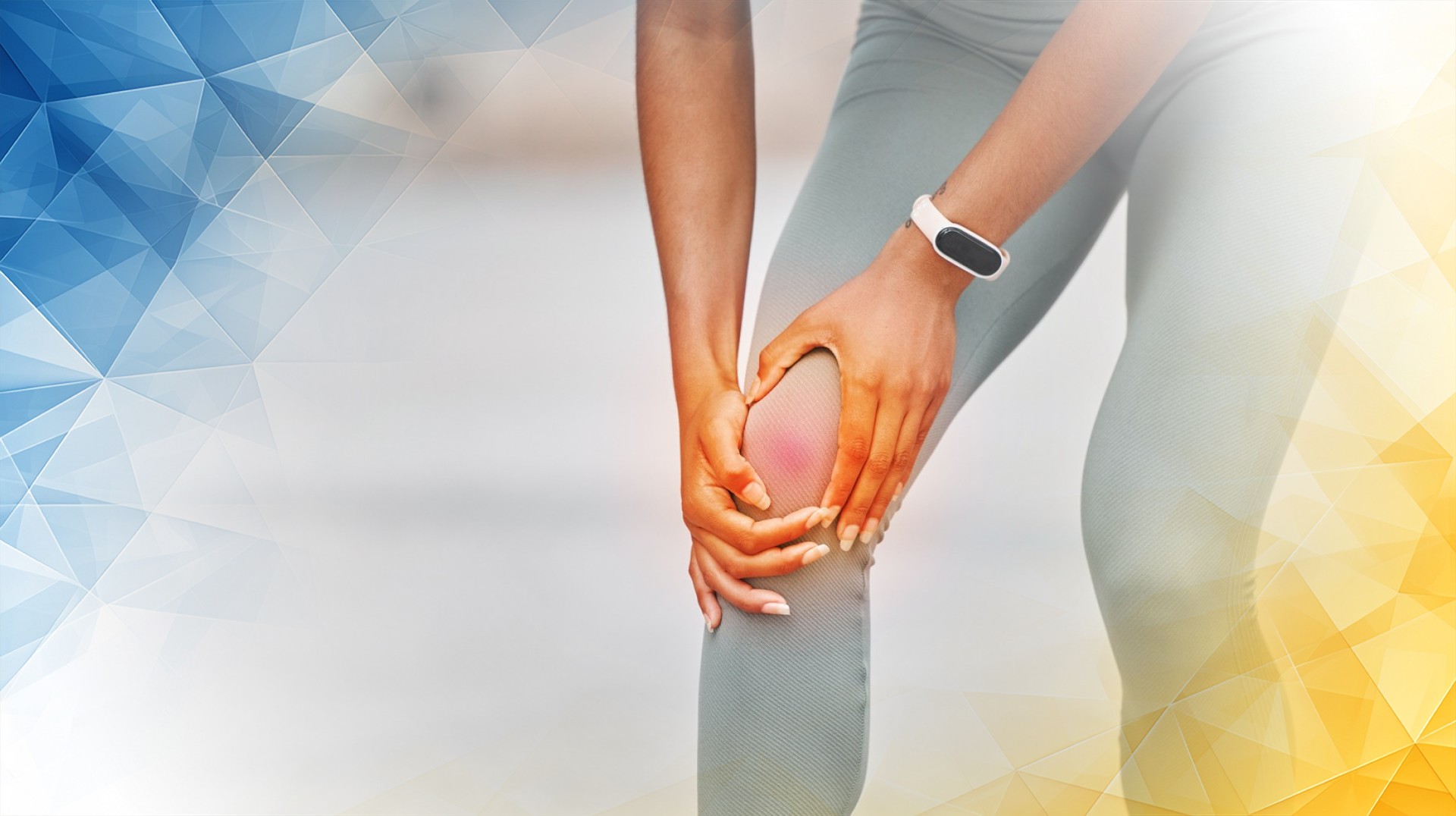



Knee pain while driving is more common than you might think, affecting everyone from daily commuters and long-haul drivers to older adults. This discomfort can range from mild irritation to significant pain, not only making driving unpleasant but also impacting your ability to drive safely. If left unchecked, persistent knee pain may reduce your mobility and quality of life. In this article, we’ll look at why knee pain often occurs during driving, drawing on the latest research, and offer practical, expert-backed tips to help you drive comfortably and protect your knees.
Knee pain behind the wheel can stem from several factors. Sitting for long periods with your knees bent—often at awkward angles—puts continuous pressure on your joints. Research shows that poor car ergonomics , such as having your seat too low or too far from the pedals, or lacking proper lower back support, can make discomfort worse. When your car seat doesn’t distribute your weight evenly, pressure builds on your knees , increasing the risk of pain. Understanding these causes is the first step in finding solutions that protect your knee health and make driving more comfortable.
The good news: small adjustments can make a big difference. Start by positioning your seat so your knees are bent at roughly a 120-degree angle—this way, they’re slightly bent rather than tightly folded—which lets you reach the pedals without overstretching. Support your lower back to help maintain your spine’s natural curve, which in turn helps align your knees comfortably. Adding a seat cushion or padding can also help by distributing your weight more evenly and reducing pressure points.
Changes in how you drive can also help reduce knee strain . If it’s safe, take breaks on longer trips to stand up and stretch your legs—try to move around every hour or so. On automatic cars, you might be able to alternate legs occasionally, giving each knee a rest. At home, include simple knee -strengthening and stretching exercises in your routine to improve joint health and guard against future pain.
To help prevent and manage knee pain , consider adopting a daily routine that supports your knees. Before you get in your car, stretch your thigh and calf muscles to prepare your joints for your drive. While driving, pay attention to your posture : avoid locking your knees and readjust your seat if you start to feel uncomfortable. After your journey, gentle stretches and strengthening exercises—for example, knee bends, leg lifts, or calf raises—can relieve tension and reinforce the muscles around your knees . Paying attention to early signs of discomfort and making small changes as soon as you notice pain can go a long way in preventing more serious joint issues down the road.
Knee pain while driving is a real concern, but it’s one you can often manage with a few key adjustments and healthy habits. By understanding the sources of knee pain, making simple ergonomic changes, improving your driving habits, and doing a few daily exercises, you can stay comfortable for the long haul and protect your knee health . Not only will you enjoy driving more, but you’ll also help ensure your safety and wellbeing on every trip. Take a few minutes to review your driving setup today and try these expert tips for a more comfortable, pain-free drive.
Csorba, A., & Heindel, B. (2024). Atraumatic Lateral Knee Pain With Inner Thigh “Bubble” – Driving And Climbing Stairs. Medicine & Science in Sports & Exercise, 56(10S), 785-786.
Chen, J.-C., Dennerlein, J. T., Shih, T.-S., Chen, C.-J., Cheng, Y., Chang, W. P., Ryan, L., & Christiani, D. C. (2004). Knee Pain and Driving Duration: A Secondary Analysis of the Taxi Drivers’ Health Study. American Journal of Public Health, 94(4), 575–581. https://doi.org/10.2105/ajph.94.4.575
Knee pain while driving is often caused by prolonged sitting with bent knees and poor car ergonomics, such as incorrect seat height or distance from pedals. These factors place pressure on the joints, making discomfort worse. London Cartilage Clinic specialises in identifying such causes using the latest research and clinical experience.
Position your seat so your knees are bent at about a 120-degree angle, with lower back support to maintain your spine’s natural curve. These ergonomic adjustments can significantly relieve pressure on your knees. At London Cartilage Clinic, Prof Lee offers expertise in car ergonomics and personalised recommendations for knee health.
Taking regular breaks to stand and stretch, alternating legs when possible, and performing knee-strengthening exercises at home can all help. Monitoring early discomfort and acting quickly is key. Prof Lee and the London Cartilage Clinic provide comprehensive guidance on routines and exercises tailored for drivers with knee pain.
If your knee pain does not improve with ergonomic changes and exercises, or it reduces your mobility, consult a specialist. At London Cartilage Clinic, Prof Lee draws on extensive experience in musculoskeletal conditions to offer thorough assessments and advanced, patient-focussed care for persistent knee pain.
Prof Lee combines internationally recognised expertise with a personal approach, using cutting-edge diagnostics and innovative treatments. London Cartilage Clinic provides a holistic environment, tailoring care to each individual’s lifestyle and needs—an ideal choice for drivers looking for long-term solutions to knee problems.
All our treatments are selected to help patients achieve the best possible outcomes and return to the quality of life they deserve. Get in touch if you have any questions.
At London Cartilage Clinic, we are constantly staying up-to-date on the latest treatment options for knee injuries and ongoing knee health issues. As a result, our patients have access to the best equipment, techniques, and expertise in the field, whether it’s for cartilage repair, regeneration, or replacement.
For the best in patient care and cartilage knowledge, contact London Cartilage Clinic today.
At London Cartilage Clinic, our team has spent years gaining an in-depth understanding of human biology and the skills necessary to provide a wide range of cartilage treatments. It’s our mission to administer comprehensive care through innovative solutions targeted at key areas, including cartilage injuries. During an initial consultation, one of our medical professionals will establish which path forward is best for you.
Contact us if you have any questions about the various treatment methods on offer.
Legal & Medical Disclaimer
This article is written by an independent contributor and reflects their own views and experience, not necessarily those of londoncartilage.com. It is provided for general information and education only and does not constitute medical advice, diagnosis, or treatment.
Always seek personalised advice from a qualified healthcare professional before making decisions about your health. londoncartilage.com accepts no responsibility for errors, omissions, third-party content, or any loss, damage, or injury arising from reliance on this material. If you believe this article contains inaccurate or infringing content, please contact us at [email protected].